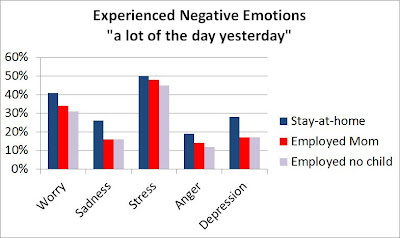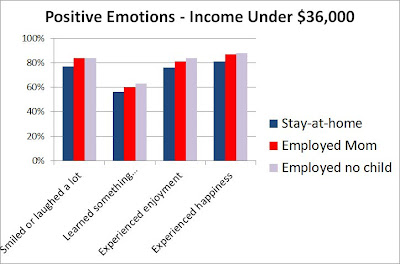The splashy introduction of the new LEGO friends line earlier this year stirred up a lot of controversy. My goal with this set of posts is to provide some historical perspective for the valid concerns raised in this heated debate.
This is Part III, see also:
—————————
2004-2011: Lean LEGO Fighting Machine
As discussed in Part II, between 1989 and 2003, LEGO had introduced a stream of lines aimed specifically at girls. None were particularly successful and the company was in trouble. So, what next?
Those of us who follow every move TLG makes are well familiar with the company’s near collapse in 2004 and subsequent renaissance. This is a really important moment for our story, because this is the year when TLG stopped being a family run business and brought in a non-Kristiansen CEO, Jorgen Vig Knudstorp. With Knudstorp’s arrival came a change in philosophy. Quoted from the DailyMail article linked above:
Instead of “nurturing the child” – as Knudstorp puts it – [employees’] primary goal now had to be, “I am here to make money for the company.”
I, like many LEGO fans, am very grateful for what Knudstorp did to save and revitalize the company. The post-2004 era has seen a flourishing of LEGO themes and sets aimed at advanced builders. The LEGO minifig has been injected with more personality and variety than ever before. However, part of TLG’s new strategy also involved abandoning efforts the girl market and focusing exclusively on boys.
Abandoning schlock like Belville and Clikits is not a bad thing, but the push toward conflict and hyper-masculinity in classic themes (and a whole host of new ones) made LEGOLAND inhospitable for femininity. Here are a couple more telling quotes from the Daily Mail article:
As always with Lego, this [action-oriented theme] was developed at every stage… with the help of focus groups, mostly comprising boys aged between six and 12.
In this new world focused on profit, the company sees no shame in admitting that, like it or not, what most excites little boys is conflict.
Which is to say, LEGO City is not the tranquil place LEGO Town was.
Notice the substantial hike in the m/f ratio in 2007. This ratio had been gradually approaching 1 throughout the 90s, but jumped back up to 1992 levels in 2007 (male/female ratio = 8).
Girls also disappeared from LEGO commercials and marketing collateral. LEGO produced a series of commercials encouraging fathers and sons to build together; the utter lack of anything similar for girls sends a clear message about who is expected to play with LEGO, it has entirely entered the masculine domain. With girls being actively excluded from TLG’s marketing efforts it’s no surprise that we see such a low percentage playing with them now.
In the final installment of this series, I’ll offer my perspective on the controversy over the new line aimed at girls, LEGO Friends.
—————————
David Pickett is a social media marketer by day and a LEGO animator by night. He is fanatical about LEGO and proud to be a nerd. Read more from David at Thinking Brickly.
Lisa Wade, PhD is an Associate Professor at Tulane University. She is the author of American Hookup, a book about college sexual culture; a textbook about gender; and a forthcoming introductory text: Terrible Magnificent Sociology. You can follow her on Twitter and Instagram.



























